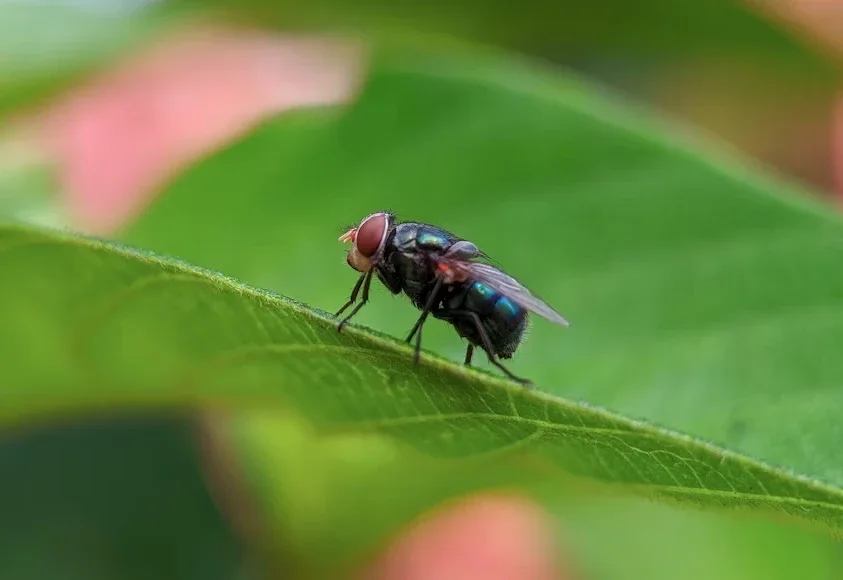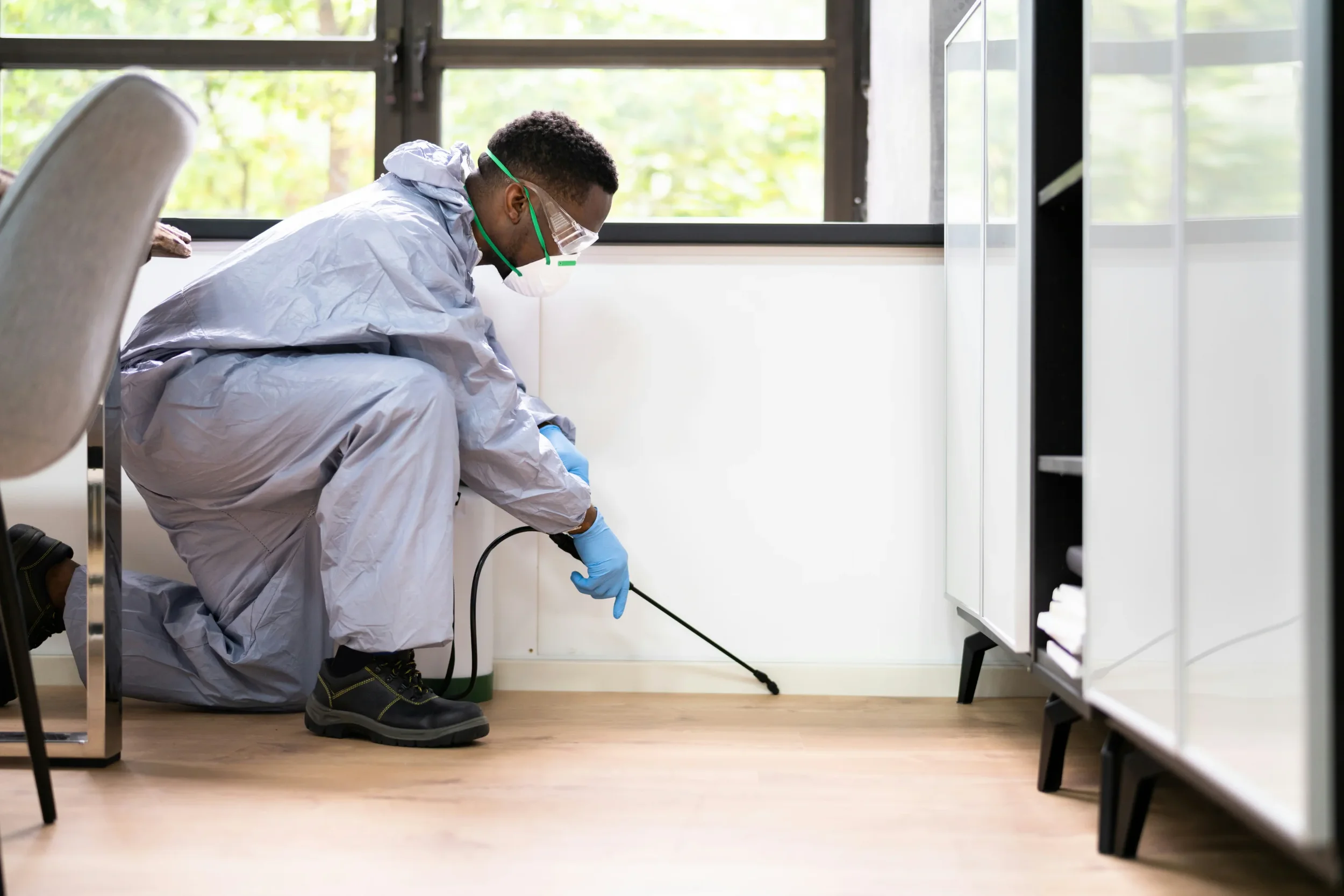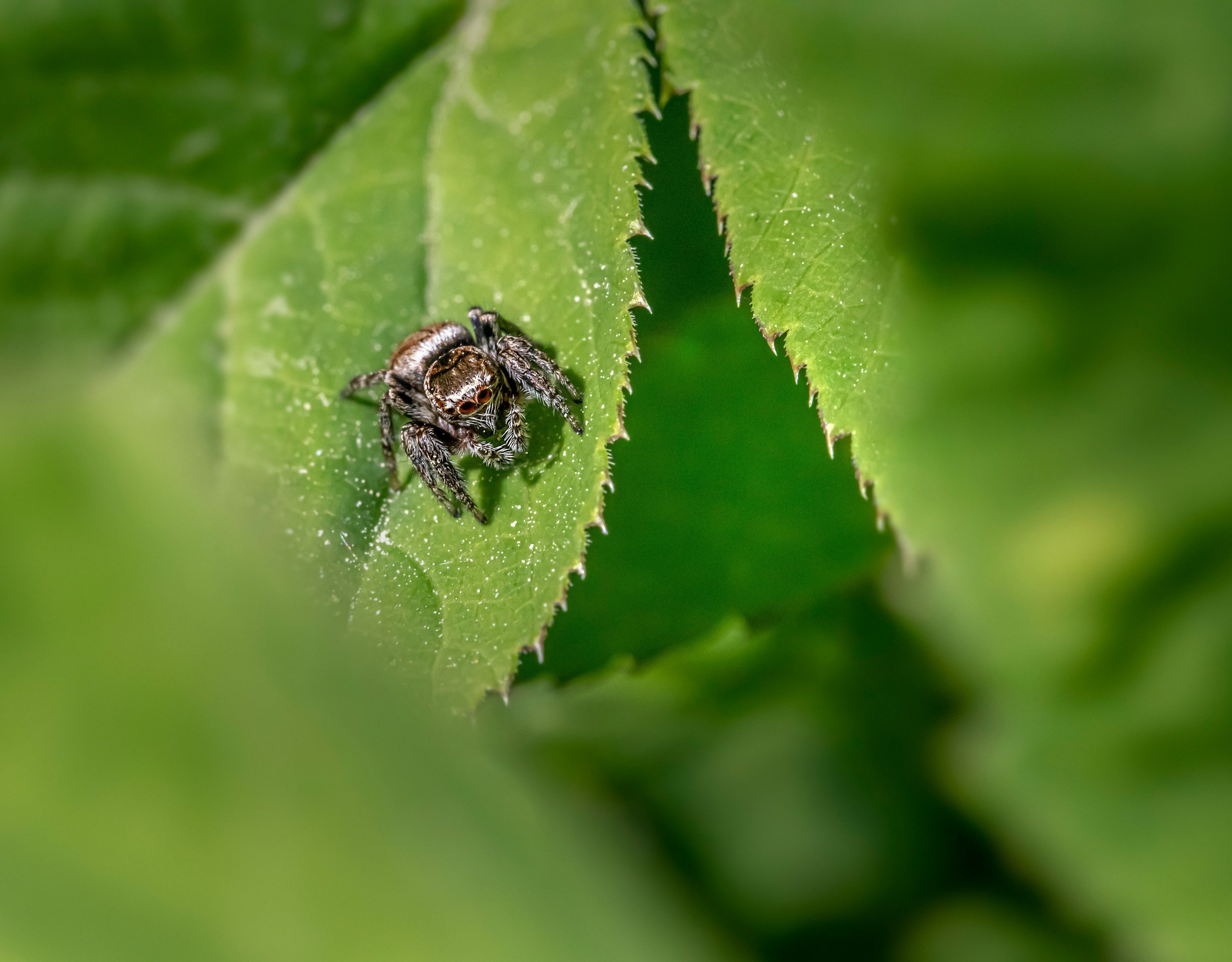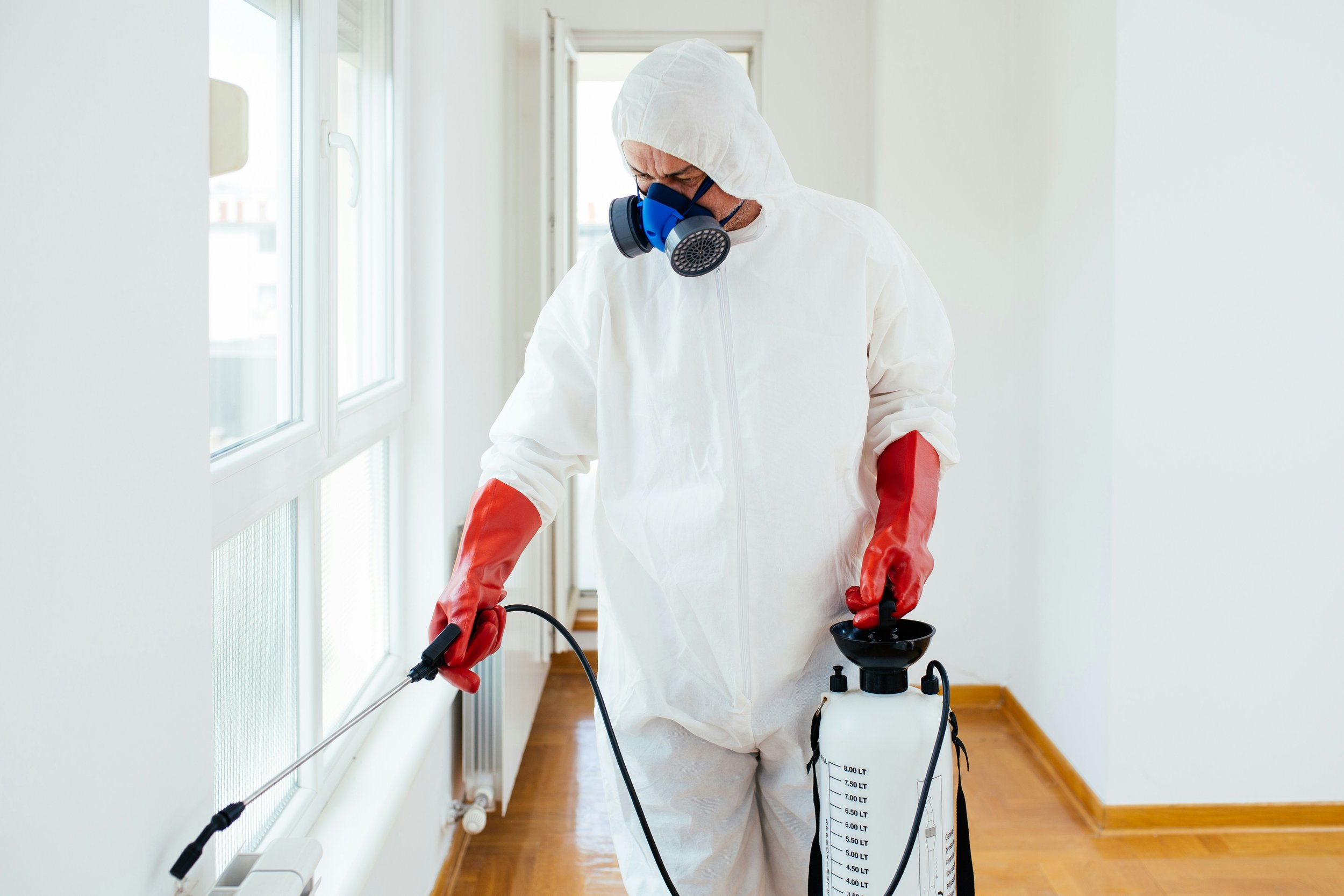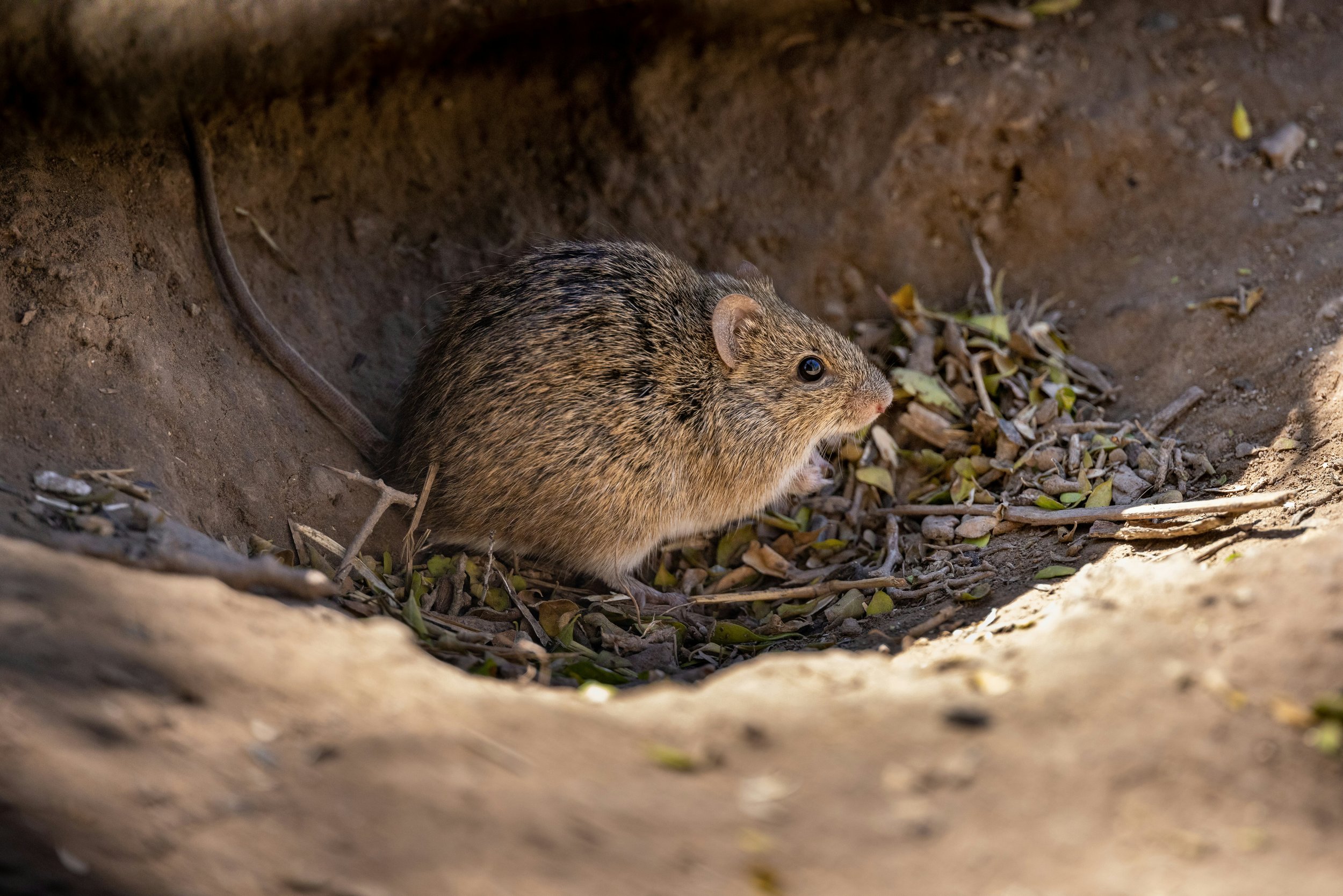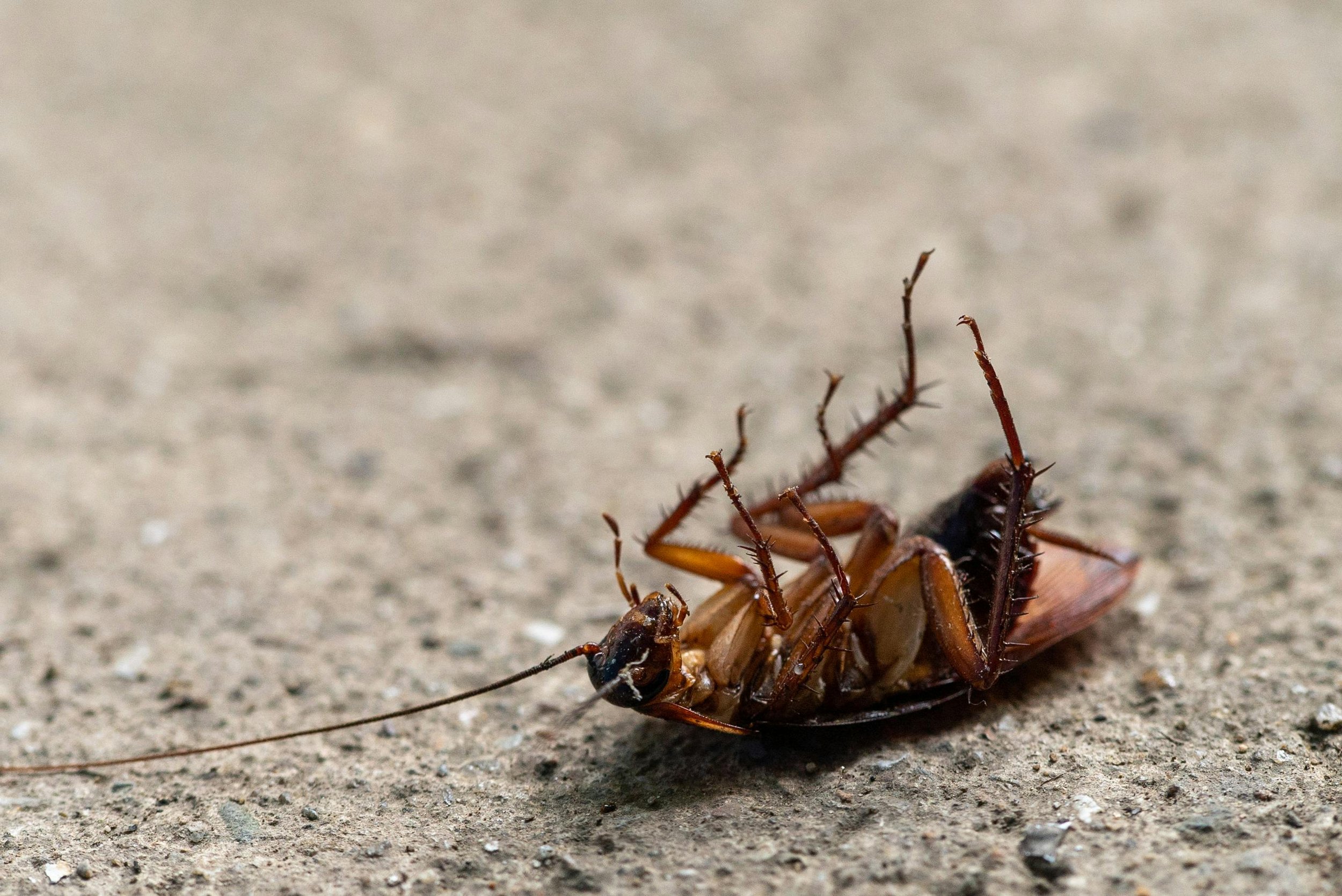The Hidden World of Household Pests and What You Can Do
Explore the unseen world of household pests, the problems they cause, and practical steps you can take to keep your home pest-free.
Many homeowners find themselves dealing with the unexpected nuisance of household pests. From ants scurrying across the kitchen counter to the ominous presence of rodents lurking in the shadows, these unwelcome guests can turn a comfortable home into a source of stress and anxiety. Understanding the behaviors and habitats of these pests is crucial for effective prevention and control. By learning about the most common household invaders and exploring some proactive solutions, you can take back control of your living space.
Common Household Pests and Their Habitats
Every household is vulnerable to a variety of pests, each thriving in different conditions. Among the most pervasive are ants, cockroaches, rodents, and termites. Ants often invade homes in search of food and water, setting up trails that can lead to significant infestations. Cockroaches prefer warm, moist environments and are known for spreading diseases, making them particularly alarming for homeowners. Rodents like mice and rats can cause extensive damage by gnawing through wires and insulation, and their droppings can pose health risks.
Termites, often referred to as “silent destroyers,” are unique in their destructive nature, particularly regarding wooden structures. They thrive in damp, undisturbed areas, such as basements or around the foundation of homes. Their presence is often unnoticed until significant damage has occurred, making regular inspections critical. Being aware of these pests and understanding their preferred habitats is essential for effective control.
Signs of Infestations
Recognizing the signs of an infestation early can save homeowners from extensive damage and costly repairs. Tiny trails of ants are a strong indicator of their active presence, whereas droppings are often the first sign of a rodent infestation. Cockroaches may leave behind egg cases, while termites create mud tubes to access wooden areas. Since the damage caused by pests can escalate quickly, knowing what to look for is essential.
In the case of termites, homeowners should inspect for hollow-sounding wood or sawdust near wooden structures, which can indicate a serious issue. Awareness of these signs is crucial for timely intervention, and acting swiftly can help mitigate damage, potentially saving thousands in repairs.
Prevention Tips
Effective pest prevention begins with diligence and awareness. Keeping kitchens clean and free from food debris is fundamental. Tight sealing of containers and swift cleanup of spills can significantly reduce ant and cockroach attraction. Sealing entry points such as cracks in walls and gaps around windows can deter rodents and larger pests.
Regularly checking the outside of your home, particularly near areas of moisture, can help catch potential termite issues early. Investing in preventative measures, such as regular pest control inspections, can provide peace of mind and a pest-free environment. For those specifically dealing with termites, researching options such as termites treatment in Singapore can lead to effective solutions catered to your needs. Acting early can save both time and costly repairs down the line. By staying proactive, homeowners can maintain a healthier, safer living space all year round.
Health Risks Associated With Household Pests
Beyond the structural damage pests can cause, their impact on health should not be underestimated. Rodents are known carriers of diseases like hantavirus and leptospirosis, which can be transmitted through contact with their droppings or urine. Cockroaches contribute to poor indoor air quality by shedding skin and producing allergens, which can aggravate asthma, especially in children. Even ants can spread bacteria as they move from unsanitary areas into kitchens and pantries.
Insect bites from pests like fleas and bedbugs can cause skin irritation and allergic reactions, while exposure to termite droppings and mold from damp, pest-prone areas can compromise respiratory health. Addressing infestations promptly helps prevent these health risks from taking hold, making timely action just as important for well-being as it is for home preservation.
Seasonal Pest Behavior and Its Impact
Different pests become active at different times of the year, and understanding these seasonal patterns can guide more effective prevention efforts. Warmer months typically bring an increase in ant and cockroach activity, as these insects search for food and moisture. During the rainy season, termites often become more aggressive in their search for new nesting sites, leading to the heightened risk of structural damage.
As the weather cools, rodents look for warm, sheltered places to nest, making attics, garages, and basements prime targets. These seasonal shifts mean that pest control isn’t a one-time effort. it is a year-round commitment. Tailoring prevention strategies to seasonal behavior increases the likelihood of success and helps maintain a pest-free environment no matter the time of year.
Dealing with household pests doesn't have to be a daunting task. By understanding the common pests, recognizing the signs of infestations, implementing prevention techniques, and knowing when to seek professional help, homeowners can protect their living spaces from these unwelcome invaders. Taking proactive steps toward pest management leads to a healthier home and greater comfort for all who reside in it.


